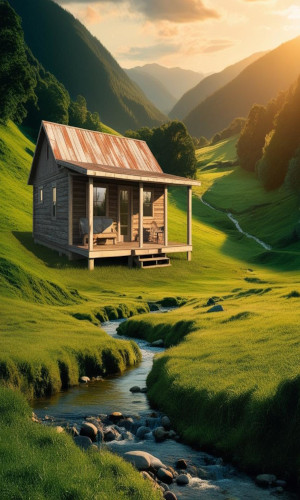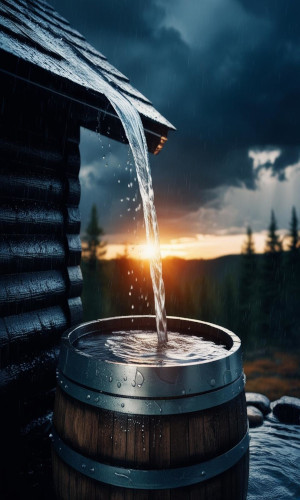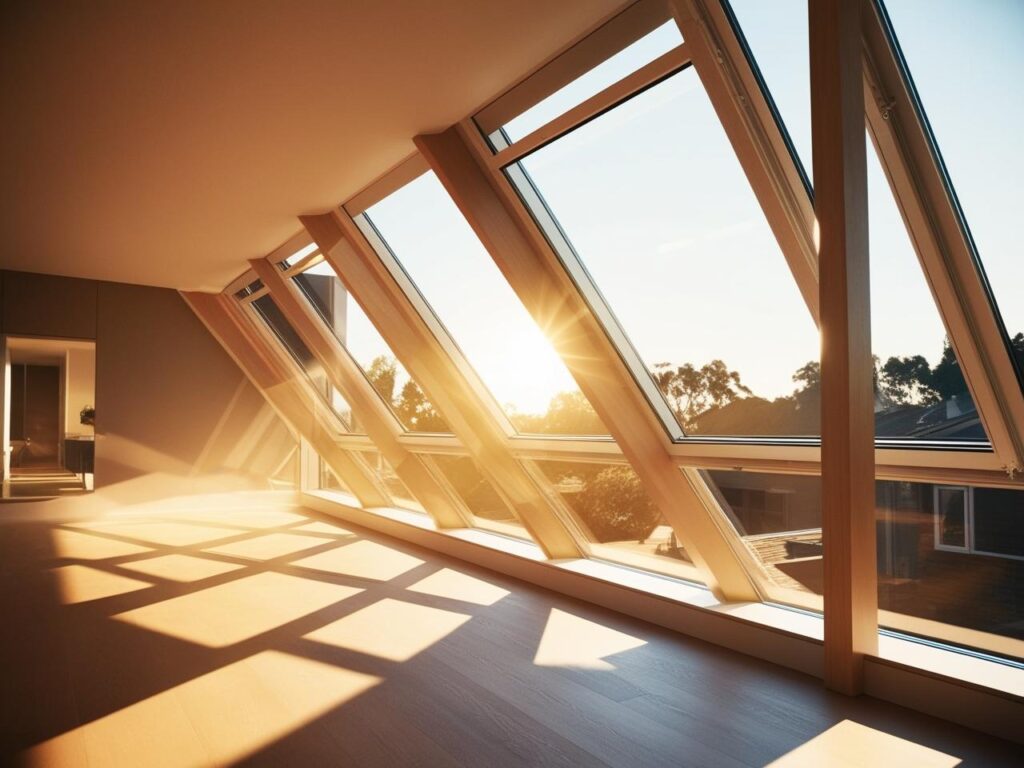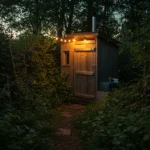A Map for Beginners (2025)
In 2025, more people than ever are exploring off-grid living. This lifestyle shift can be incredibly rewarding, offering a reconnection to family, nature, and freedom, along with the benefits of self-sufficiency and sustainable living. Living off the grid means striving for self-sufficiency and independence from mainstream society in terms of food, water, shelter, and energy. Sustainable technologies, like solar energy and tiny home designs, have made this lifestyle more accessible than ever.

Here is a guide to help you understand the key elements of off-grid living:

Find the Right Location:
The location of your off-grid property is critical for your success. It needs to be affordable and suitable for growing food and building a sustainable lifestyle. A perfect off-grid location should meet these criteria:
Legal Compliance:It must be legal for off-grid living, considering permits, building codes, and zoning laws.
Seclusion:It should be away from cities to reduce restrictions and increase freedom.
Affordability:
Consider property taxes, mortgage payments, insurance, and other expenses.
Resources: The land must have adequate resources, such as good soil, water, trees, and open space.
Building Foundation: It needs proper bedrock for building and for wastewater disposal such as a septic tank, avoiding wetlands or flood-prone areas.
Water Source: There should be a natural water source like a well, spring, creek, or river.


Accessibility:
It should have year-round accessibility through roads, trails, or driveways. The amount of land you need will vary, but at least 1000 square meters (a quarter of an acre) is ideal. Consider how you will make a living, and what you want to harvest from your land, such as vegetables, fruits, eggs, dairy, meat, water, and timber. There are many examples of successful market farms, regenerative ranches, and homesteads that produce a lot of food, while others harvest timber. Your land needs will depend on your goals, skills, desires, and budget.
You should also consider the climate, including year-round access, year-round sunlight for solar energy, a growing season of at least six months, and moderate rainfall with the ability to collect rainwater in dry seasons.

Solar Access:
The property should allow for passive solar design, with windows oriented for maximum solar gain.

Off-grid living requires significant initial investment of time, money, and effort, but it can provide freedom and self sufficiency today. This lifestyle allows for a resilient and wholesome life.


